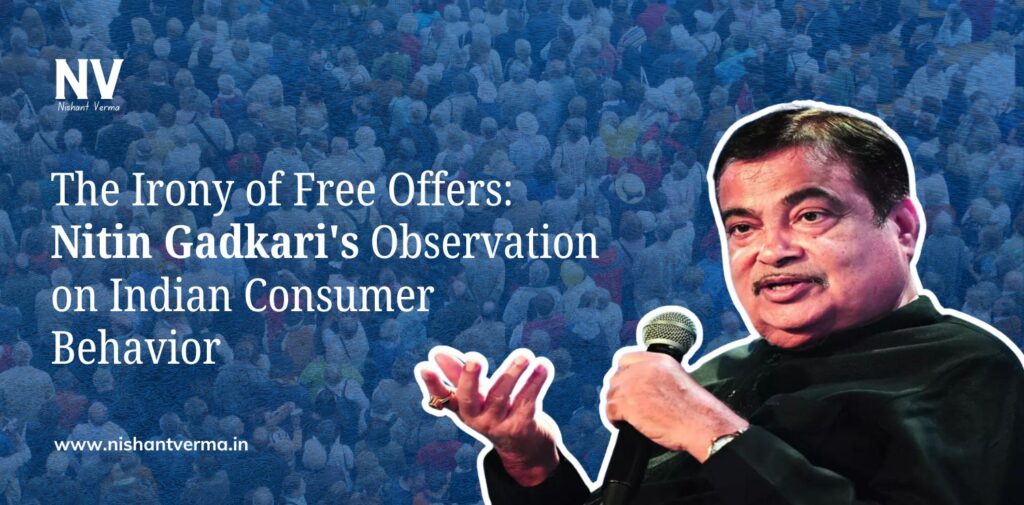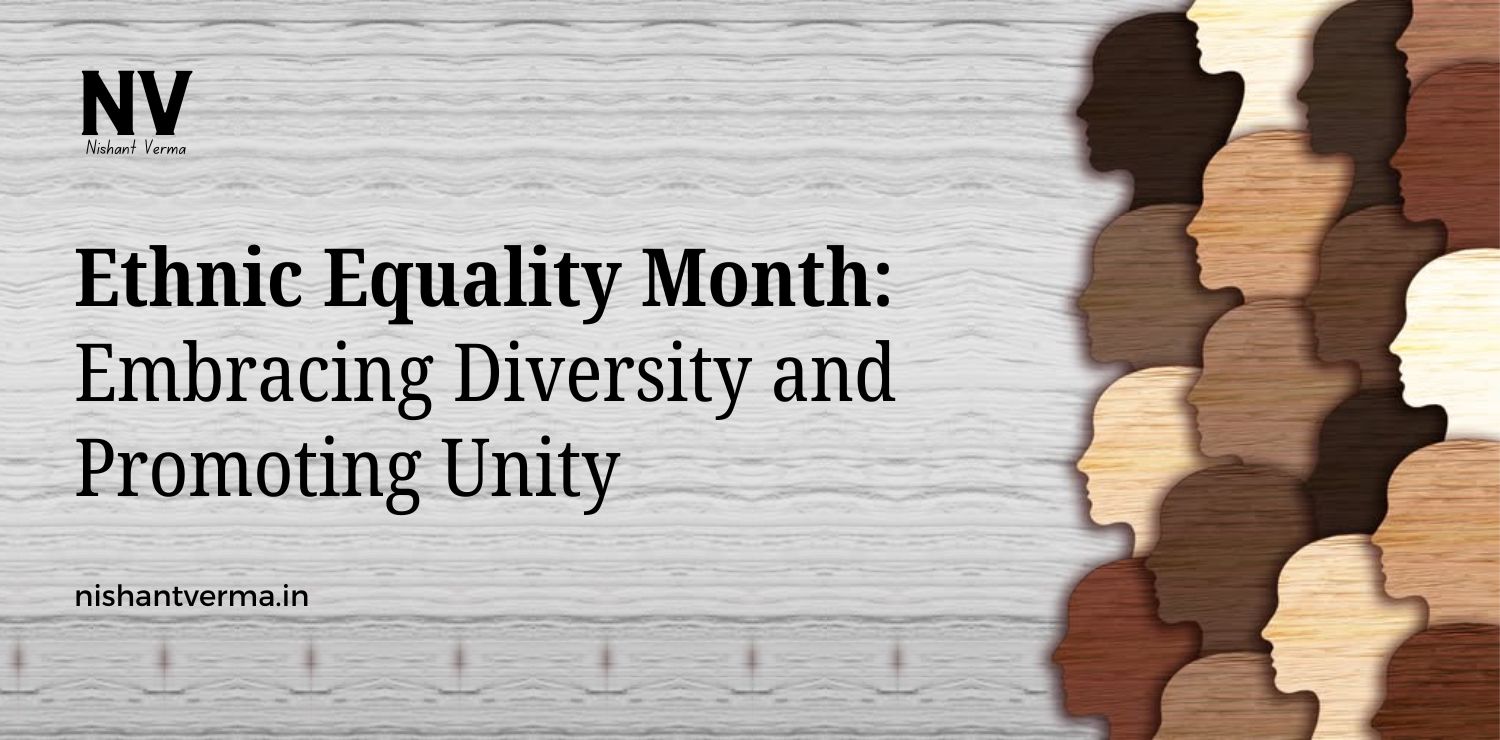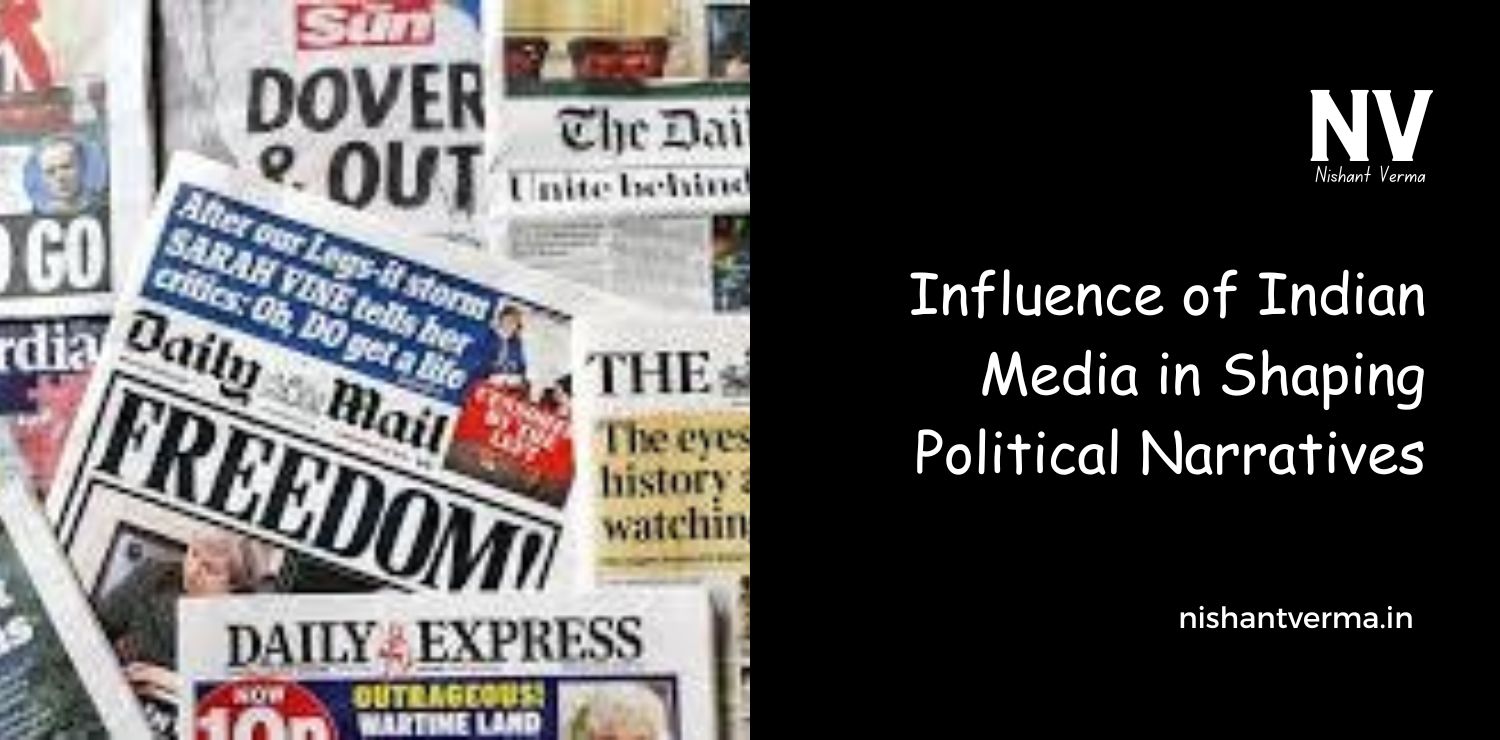In a recent statement, Nitin Gadkari, the Minister of Road Transport and Highways of India, remarked, “If there’s anything available for free anywhere in the world, Indians are likely to be found at the front of the line.” This bold assertion resonates deeply within the fabric of Indian society, sparking a discussion that transcends mere consumer behavior and delves into the cultural, economic, and social implications of our affinity for free offers.
Understanding the Context
Gadkari’s statement was made in a world where marketing strategies increasingly capitalize on the allure of “free.” Whether it’s a free trial, free samples, or promotional giveaways, the notion of obtaining something without monetary exchange has become a potent tool for businesses. However, this phenomenon also reflects a deeper societal inclination towards seeking value, particularly in a country where economic disparities are stark and the cost of living varies significantly.
Cultural Roots of the “Free” Mindset
To comprehend why Indians often flock to free offers, one must consider the cultural context. In India, the concept of “value for money” is deeply ingrained. Many consumers come from backgrounds where financial prudence is not just encouraged but necessary. Therefore, free offers often represent not just savings, but also a chance to experience something new without the risk of financial loss.
The traditional Indian ethos emphasizes community and sharing, where free offerings can foster social connections. Whether it’s attending a free concert, participating in a cultural festival, or taking advantage of complimentary services, these opportunities serve not only as economic relief but also as avenues for social bonding.
The Economic Perspective
From an economic standpoint, Gadkari’s remark highlights a significant aspect of consumer behavior in India. The middle and lower classes constitute a vast segment of the population, often limited by disposable income. For many, even small expenses can accumulate into substantial financial burdens. Consequently, the temptation of free products or services becomes irresistible.
Moreover, India’s burgeoning youth population is increasingly exposed to global consumerism through digital platforms. This exposure has heightened expectations regarding value and quality, making free trials or samples a key part of their decision-making processes. They often approach new brands with caution, preferring to test the waters without financial commitment.
The Digital Age and Free Offerings
The digital revolution has amplified the phenomenon of free offers. With the rise of online businesses, apps, and platforms, the availability of free trials and services has surged. For instance, streaming services, educational platforms, and e-commerce websites frequently lure consumers with free trials, discounted rates, or even entirely free content.
In this digital age, Indians are not just lining up for physical goods; they are also embracing digital offerings. A free online course or a trial subscription to a streaming service is often met with enthusiasm, reflecting a growing understanding of how to leverage these opportunities for self-improvement and entertainment.
The Psychological Aspect
Gadkari’s statement also uncovers a psychological layer of consumer behavior. The allure of free offerings can trigger a dopamine response, making individuals feel rewarded even without spending money. This behavioral economics perspective explains why many people prioritize free items over their actual needs or preferences.
The phenomenon can be linked to a fear of missing out (FOMO), especially among younger consumers. Social media plays a crucial role in amplifying this fear, as friends and peers showcase experiences that often include free offerings. The desire to participate in these experiences, even at no cost, leads individuals to act impulsively, further validating Gadkari’s observation.
The Consequences of the “Free” Culture
While the attraction to free offerings is understandable, it does carry potential downsides. The overemphasis on free can lead to a devaluation of products and services. When consumers become accustomed to receiving items for free, it can diminish their appreciation for quality and craftsmanship. This shift poses challenges for businesses aiming to establish long-term relationships with their customers.Additionally, the “free” culture may foster a sense of entitlement. Consumers may begin to expect free services and products, leading to dissatisfaction when they are required to pay for something. This expectation can strain businesses, especially smaller ones that rely on customer loyalty and consistent sales.
Balancing the Scales
To navigate this complex landscape, a balanced approach is essential. Businesses should continue to leverage free offerings as part of their marketing strategy but should also focus on educating consumers about the value of their products and services. Providing quality alongside free trials can create a sense of goodwill, leading to long-term customer loyalty.Moreover, as consumers, it is crucial to cultivate discernment. Not every free offering is genuinely valuable; some may come with hidden costs or compromises. Learning to evaluate offers critically can empower consumers to make better decisions, ensuring that the excitement of receiving something for free doesn’t cloud their judgment.
Conclusion
Nitin Gadkari’s statement encapsulates a phenomenon that is at once amusing and revealing. The quest for free offerings among Indians speaks volumes about our cultural, economic, and social landscape. While it reflects a strategic response to economic realities, it also challenges us to reassess our relationship with value and quality.
As we navigate a world increasingly filled with temptations of free products and services, it is vital to embrace a balanced perspective that appreciates value without compromising on quality. In doing so, we can ensure that our pursuit of “free” enriches our lives rather than diminishes our understanding of worth. Ultimately, Gadkari’s observation serves as a reminder that while we may eagerly line up for the free, our choices should always reflect our aspirations and values.




